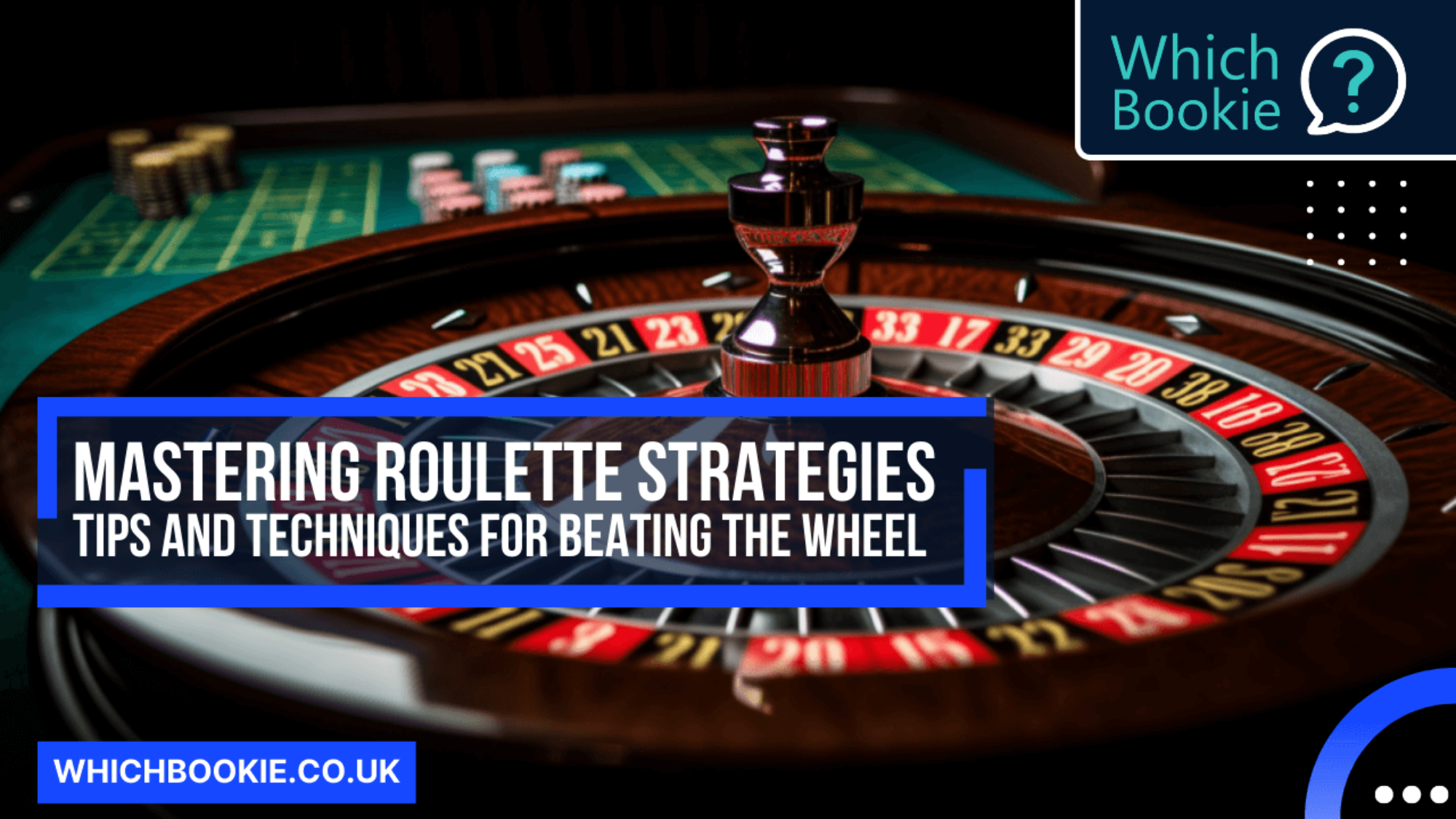Roulette: the quintessential game of chance. Its allure has spanned centuries, drawing casino-goers into its whirlwind of unpredictability. This classic game might be governed by luck, yet many players try to tilt the scales in their favor by employing various tactics. This piece dives into some of the most popular strategies, sprinkling in some tips for their mastery.
Grasping Roulette’s Basics
Before we dive headfirst into the strategic depths, let’s get a grip on the game’s fundamentals. Roulette—picturized by a spinning wheel and a tiny, bouncing ball—is about forecasting where this ball will come to a rest. A wheel, divided into slots that are both numbered and colored, sets the scene. Players hedge bets on the predicted landing spot, then the dealer spins the wheel, propelling the ball into motion. If the ball’s final resting place is your bet’s target, you strike gold.
The tale of roulette spins two versions: American and European. The American variant features 38 slots, including a zero and a double zero, while the European counterpart has 37, with a lone zero. That extra double zero in the American version gives casinos a slight leg-up, making the European roulette a favored choice if available.
With this basic grasp, let’s wade into the strategic waters of roulette:
The Martingale Maneuver
The Martingale strategy has carved its name into the roulette strategy hall of fame. Its premise? Double your stake after each loss, with the aim of recovering all past losses and turning a profit. For instance, if a $5 bet goes south, your next wager should be $10. Lose again? Up the ante to $20.
The Martingale theory rests on the inevitability of a win, which will eventually cover previous losses and generate a profit equivalent to your original wager. However, this strategy demands a hefty bankroll and a win isn’t guaranteed before you exhaust your funds. Plus, some casinos impose maximum betting limits, potentially throwing a wrench in the Martingale machinery.
The Reverse Martingale Tactic
True to its name, the Reverse Martingale flips its predecessor’s strategy. It calls for a doubling of your bet after each win, capitalizing on winning streaks. However, this tactic also carries the risk of losing all winnings in a single unfortunate spin. It’s wise to set a cap on consecutive wins before reverting to your original wager, given the relatively slim odds of a prolonged winning streak.
The D’Alembert Approach
The D’Alembert system opts for a more conservative approach, nudging your bet up or down by one unit after each win or loss. Say you bet $5 and win; your next wager should be $6. A subsequent loss would bring your next bet down to $4.
The D’Alembert system aims to balance wins and losses, aspiring for a modest profit. While it’s less risky than the Martingale system, it still calls for a good deal of patience and careful bankroll management.
The Fibonacci Formula
The Fibonacci strategy takes its name from the famed Fibonacci sequence, a series where each number is the sum of the two preceding ones (1, 1, 2, 3, 5, 8, 13, and so on). In roulette, this strategy encourages betting the sum of the two previous bets in the sequence following each loss.
The Fibonacci system is less aggressive and slower-paced than the Martingale system, as it only hikes your bet after a loss. This strategy can work if you have a winning streak and a large enough bankroll. However, a losing streak can be perilous, draining your bankroll before you have a chance to recover.
The James Bond Blueprint
The James Bond strategy, named after the suave fictional secret agent, is a unique and somewhat intricate strategy. It necessitates a larger bankroll for effective implementation. The strategy splits your bets across three distinct areas on the roulette table. You place $140 on numbers 19-36, $50 on numbers 13-18, and $10 on the single zero. This covers the majority of the table, enhancing your winning odds.
The logic here is that your wins will range between $80 and $160, depending on the ball’s landing spot. If it lands on any number between 19 and 36, you score an $80 profit. If it lands on 13-18, you bag $100. If it lands on the single zero, you walk away with $160.
This strategy may seem daunting, but it can be an effective way to increase your chances of winning if you have a substantial bankroll and are willing to take on a higher level of risk.
Tips for Roulette Strategy Mastery
Now that we’ve unraveled some popular roulette strategies, let’s dish out a few tips to help you master them:
Odds and Ends: Despite employing any strategy, roulette remains a game of chance. Understanding the odds and payouts for each bet can help you make more informed decisions and better manage your bankroll.
Practice Makes Perfect: Before putting your money on the line, it’s wise to practice with free online roulette games. This gives you the chance to test different strategies and become more comfortable with the game.
Budget Before Betting: Always set a budget before playing roulette and strictly adhere to it, regardless of your winning or losing streaks. This prevents overspending and safeguards against potential losses.
Pause and Play: Roulette can be intense and fast-paced. Take breaks and step away from the table if it becomes overwhelming or stressful.
Know When to Fold: Knowing when to quit is crucial. If you’ve hit your budget limit or are consistently losing, it’s better to step away and return another day than to keep playing and risk losing more.
In conclusion, mastering roulette strategies demands patience, time, and a sprinkle of luck. While there’s no sure-fire way to outsmart the wheel, employing a well-thought-out strategy and following these tips can tilt the odds in your favour, making your roulette adventure more enjoyable.

































